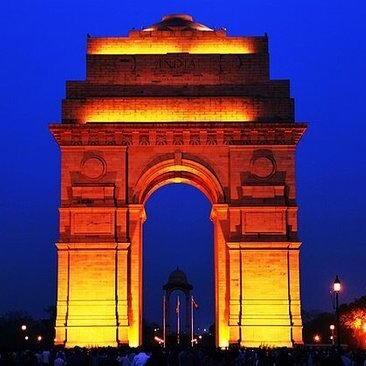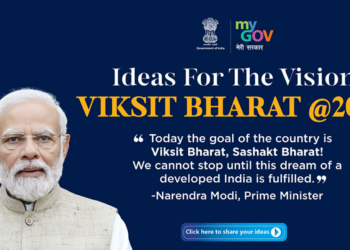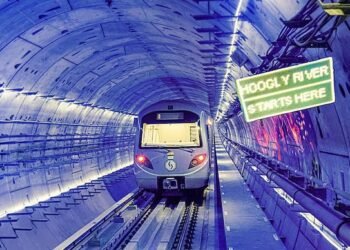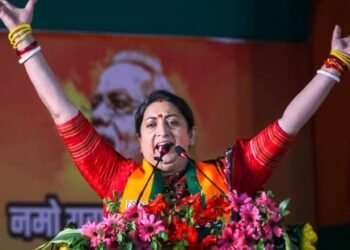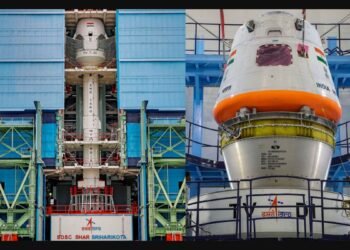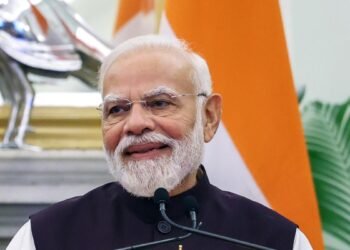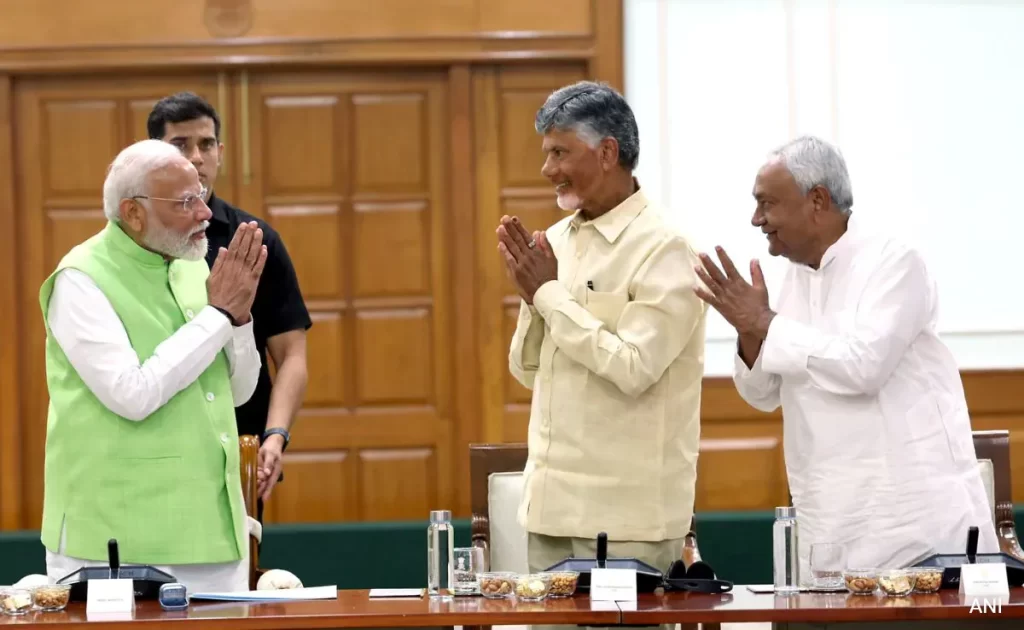

Modi’s Majority: From Solo Drive to Traffic Jam Governance
Prime Minister Narendra Modi is renowned for his penchant for taking audacious, bold, and often sudden decisions. This proclivity for swift and decisive action has been facilitated by the formidable majority he commands in India's Lok Sabha, the lower house of parliament. His governance style, marked by a blend of assertiveness and strategic acumen, has reshaped India's political landscape and stirred both commendation and controversy in equal measure.
Modi's leadership is characterized by a series of landmark decisions that have left an indelible mark on the nation's socio-economic fabric. Whether it is the unexpected demonetization of high-value currency notes, the abrupt imposition of the Goods and Services Tax (GST), or the abrogation of Article 370 in Jammu and Kashmir, Modi's tenure has been anything but conventional. Each move, steeped in a mix of calculated risk and political bravado, underscores his unwavering resolve to redefine India's trajectory.
The Prime Minister's ability to execute these sweeping changes with relative ease has been significantly bolstered by the overwhelming majority his party enjoys in the Lok Sabha. This legislative dominance has afforded him a remarkable degree of latitude, enabling the swift passage of key reforms and policies. It is within this context of parliamentary supremacy that Modi's decisiveness finds its full expression, allowing him to implement his vision with minimal resistance.
However, this very attribute of Modi's governance—his predisposition towards unanticipated, transformative decisions—has also been a source of intense debate. Critics argue that such an approach, while effective in terms of implementation, often overlooks the broader consultative processes that are the hallmark of a mature democracy. They contend that the rapid pace and scale of change can lead to unintended consequences, impacting various sectors and segments of the population.
With the current situation of not having an absolute majority, the question arises: Will Modi be able to change or take decisions as he used to? The absence of a clear majority will make events like the terrorist attack on a pilgrim bus in Jammu and Kashmir’s Reasi and the attack on Manipur Chief Minister's convoy more likely to become recurring features in the time to come. Fighting a 1.5 front war with the Opposition and a few unlikely allies will make the road a bumpy ride for Modi 3.0.
Historically, coalition governments in India have had a mixed record when it comes to development, decision-making, and delivery—the three Ds. The United Progressive Alliance (UPA) governments led by Dr. Manmohan Singh from 2004 to 2014, for instance, faced significant challenges due to coalition dynamics. While the UPA era saw substantial economic growth and the implementation of major social programs such as the Mahatma Gandhi National Rural Employment Guarantee Act (MGNREGA) and the Right to Information Act, it was also marked by policy paralysis and delays in decision-making, largely due to the need for constant negotiation and consensus-building among coalition partners.
Infighting and competing interests within the coalition often led to instability, impacting the government's ability to deliver on its promises. The National Democratic Alliance (NDA) government led by Atal Bihari Vajpayee from 1999 to 2004 also experienced similar issues. Although Vajpayee's leadership saw significant infrastructure projects like the Golden Quadrilateral highway network, the coalition's internal conflicts and the need for compromise often slowed down policy implementation and decision-making processes.
In this context, Modi's tenure faces a significant test as he confronts the realities of coalition governance for the first time. The current scenario provides food for thought: Can the Modi administration adapt to a more collaborative and consultative governance style, effectively leveraging coalition dynamics to maintain national security and drive policy changes? Will the need for broader consensus slow down decision-making, or can it lead to more inclusive and resilient strategies? The former might introduce a more deliberate and cautious approach to governance, potentially hindering the swift implementation of policies. The latter, however, could foster a more inclusive political environment, ensuring that diverse viewpoints are considered, which may enhance the robustness and sustainability of the government's initiatives.
In sum, Narendra Modi's tenure as Prime Minister has been distinguished by his ability to leverage a robust parliamentary majority to effectuate significant and swift policy shifts. His governance style, emblematic of a blend of boldness and expediency, continues to shape the discourse on India's political and economic future. As India navigates these complex challenges, the interplay between strong leadership and coalition politics will undoubtedly shape the nation's trajectory, with the balance between decisiveness and inclusivity being crucial in determining the effectiveness and longevity of Modi's vision for India. It's akin to a race track driver suddenly finding themselves forced to navigate heavy traffic roads, requiring a different set of skills and strategies to maneuver successfully.



